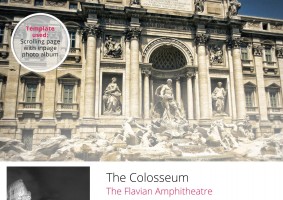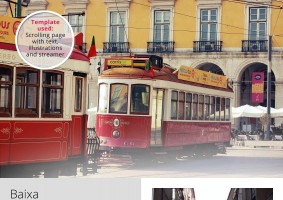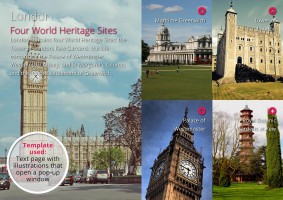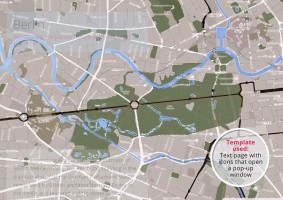Baixa
Elevador de Santa Justa
The Santa Justa Lift also called Carmo Lift is an elevator/lift in civil parish of Santa Justa, in the historical city of Lisbon, situated at the end of Rua de Santa Justa. It connects the lower streets of the Baixa with the higher Largo do Carmo (Carmo Square). Since its construction, the Lift has become a tourist attraction for Lisbon as, among the urban lifts in the city, Santa Justa is the only remaining vertical one. Others, including Elevador da Glória and Elevador da Lavra, are funiculars, and the other lift constructed around the same time, the Elevator of São Julião has since been demolished.
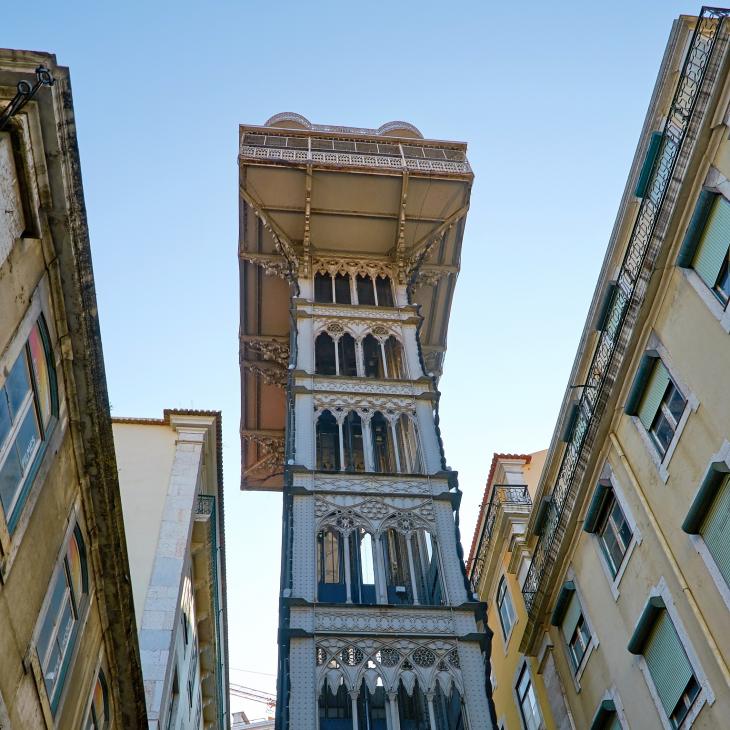
Bairro Alto
"the upper quarter"
"in Portuguese
Bairro Alto is an area of central Lisbon that functions as a residential, shopping and entertainment district; it is the centre of the Portuguese capital's nightlife, attracting hipster youth and members of various music subcultures. Lisbon's Punk, Gay, Metal, Goth, Hip Hop and Reggae scenes all find a home in the Bairro with its many clubs and bars that cater to them. The crowds in the Bairro Alto are a multicultural mix of people representing a broad cross-section of modern Portuguese society, many of them being entertainment seekers and devotees of various music genres outside the mainstream, yet Fado, Portugal's national music, still survives in the midst of the new nightlife.
Alfama
The oldest district of Lisbon
It spreads down the southern slope from the Castle of São Jorge to the River Tagus. Its name, derived from the Arabic Al-hamma, means fountains or baths. During the Islamic invasion of Iberia, the Alfama constituted the largest part of the city, extending west to the Baixa neighbourhood. Increasingly, the Alfama became inhabited by fishermen and the poor: its fame as a poor neighbourhood continues to this day.
It is an historical quarter of mixed-use buildings occupied by Fado bars, restaurants, and homes with small shops downstairs.
While the 1755 Lisbon earthquake caused considerable damage throughout the capital, the Alfama survived with little damage, thanks to its compact labyrinth of narrow streets and small squares. It is an historical quarter of mixed-use buildings occupied by Fado bars, restaurants, and homes with small shops downstairs. Modernising trends have invigorated the district: old houses have been re-purposed or remodelled, while new buildings have been constructed. Fado, the typically Portuguese style of melancholy music, is common (but not obligatory) in the restaurants of the district.
_w1700_h600_1.jpg)


